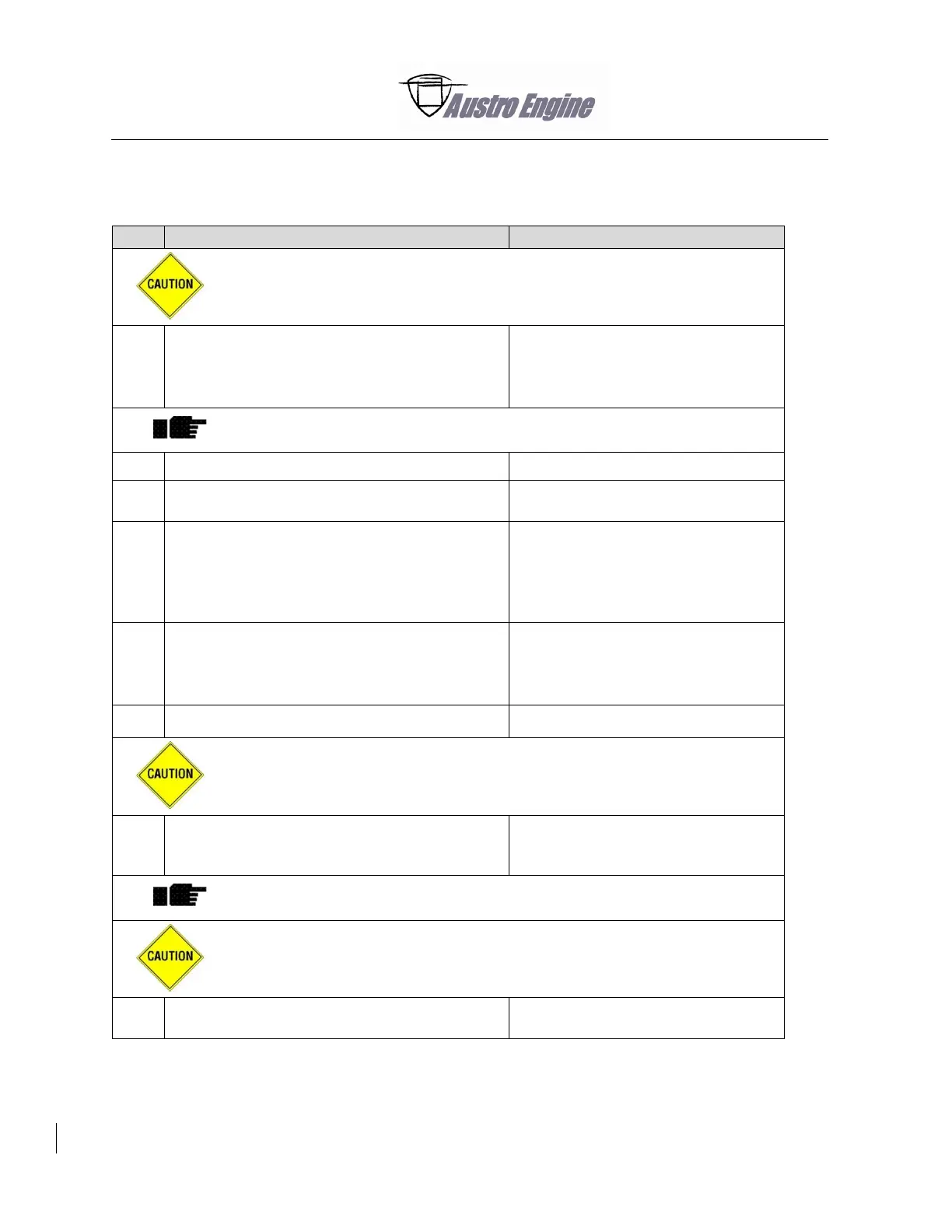70 - Maintenance Procedures
70-20-00 Torque procedure
Do not apply more than the maximum permitted torque value!
Overstressing the threaded areas can cause failure of the bolt or nut.
Select the torque of the bolt.
If the torque is not specified, use the
standard torques.
Refer to Section 70-00-00 Paragraph
1.B for the standard torque values.
Make sure that the torque wrench is calibrated.
Make sure the bolt and nut are clean and dry.
Turn the nut down to near contact with the
washer or bearing surface.
Do a check of the friction drag torque
necessary to turn the nut.
When possible, apply the torque to
the nut, not to the bolt.
This will decrease the number of bolt
turns in the hole and will decrease
the wear.
Calculate the torque for setting the torque
wrench:
Add the friction drag to the specified standard
or special torque.
Set the torque wrench to the calculated torque.
Fast or jerky force can cause error in the applied torque!
Apply a smooth stable force to obtain an
accurate torque value.
If rapid or jerky force occurs during
final installation torque, remove the
nut and torque again.
For many bolt installations on aircraft/engine, it is necessary to do a check
of the stretch caused by over torque before they are used again.
Do not exceed the maximum torque plus the friction drag!
If the hole and nut castellation do not align,
replace the washer or nut and try again.
